ADHD, characterized by inattention, hyperactivity, and impulsivity, often leads to increased stress and anxiety. Many with ADHD turn to comfort foods as a coping mechanism, driven by their sensory needs. In this article, we will talk about some of the best ADHD comfort food for someone who may be suffering from ADHD.
We will explore the connection between sensory input and comfort food cravings in those with ADHD. We’ll discuss mindful eating benefits and how it improves diet and mental health in ADHD. Addressing potential disordered eating patterns with professional help is essential. Finally, we’ll provide practical nutritional advice and an ADHD-friendly meal plan to promote health and well-being.
What is the Connection Between ADHD and Comfort Eating?

Dopamine imbalances in ADHD may cause cravings for sugar or fat as a form of self-regulation, leading to overeating and binge eating due to impulsivity. Other neurotransmitters like serotonin and norepinephrine also affect mood and appetite, potentially driving emotional eating. Proper nutrition and dietary choices, including protein, omega-3s, zinc, and magnesium, improve neurotransmitter function and reduce symptoms.
Mindfulness can replace overeating with healthier habits. Eliminating food sensitivities and artificial additives, using herbal remedies, and maintaining balanced iron levels can enhance well-being. Integrating these insights with professional support helps individuals with ADHD better manage their eating behaviors.
How much Influence does Sensory Input have on Food Choices?
People with ADHD may have difficulties processing sensory information, which can affect the types of foods they prefer and how they eat. Sensory processing refers to how our nervous system receives messages from our senses and responds to them. For individuals with ADHD, sensory input can be too much or too little, causing them to seek out certain sensory experiences through their food choices.
How does Sensory Processing Affect Food Choices?
The connection between sensory processing and food choices is important to understand when it comes to managing ADHD symptoms. Here’s how it works:
- Overwhelming Sensory Input: Some individuals with ADHD may find certain sensations overwhelming, such as bright lights, loud noises, or strong smells. In an attempt to balance out these intense sensory experiences, they may seek out foods with equally strong flavors or textures.
- Underwhelming Sensory Input: On the other hand, some individuals with ADHD may have a higher threshold for sensory stimulation and may actively seek out more intense flavors or textures in their food to feel satisfied.
How do individuals with ADHD Manage Sensory Challenges?
To help individuals with ADHD manage their sensory challenges and make healthier food choices, here are some practical strategies:
- Create a Calm Eating Environment: Make meal times less overwhelming by using soothing colors, reducing noise levels, and providing comfortable seating.
- Explore Different Textures and Flavors: Encourage trying new foods that offer a variety of sensory experiences in a controlled way.
- Engage in Physical Activities: Prioritize physical activities like sports or exercise before meals to help satisfy sensory needs.
- Use Non-Food Sensory Tools: Provide alternative sources of sensory stimulation through objects like stress balls, fidget spinners, or calming music.
By focusing on these approaches, individuals with ADHD can better manage their sensory challenges and reduce their reliance on comfort foods for sensory satisfaction.
1. ADHD Comfort Food and Mindful Eating
Mindful eating is the practice of being fully present and aware while eating. It can be particularly beneficial for individuals with ADHD, who often struggle with impulsivity and difficulty staying focused. By practicing mindful eating, people with ADHD can improve their eating habits and overall well-being.
Benefits of Mindful Eating for ADHD
Here are some ways in which mindful eating can specifically help individuals with ADHD:
- Encourages slower, more intentional food choices: Rather than grabbing whatever is convenient, mindful eating promotes thoughtful consideration of what we eat.
- Reduces instances of mindless snacking: By paying attention to our hunger levels and emotions, we can avoid reaching for snacks out of boredom or stress.
- Aids in recognizing true hunger cues versus emotional or boredom-driven eating: Many times, we eat not because we’re hungry, but because we’re trying to fill an emotional void. Mindful eating helps us differentiate between physical and emotional hunger.
- Helps to enjoy meals without overindulgence: By savoring each bite and being mindful of portion sizes, we can prevent overeating and feel more satisfied after meals.
Techniques to Promote Mindfulness During Meals
Here are some simple techniques that individuals can use to incorporate mindfulness while eating their ADHD comfort food:
- Focused Breathing: Start each meal with a few deep breaths to center your attention on the present moment.
- Sensory Appreciation: Before taking a bite, take a moment to observe the colors, textures, and smells of the food on your plate.
- Small Bites: Chew slowly and thoroughly, allowing yourself to fully taste and enjoy each mouthful.
- Eating Without Distractions: Turn off electronic devices and find a quiet place to eat, minimizing any potential distractions.
- Pause Mid-Meal: Halfway through your meal, pause for a moment to check in with yourself and assess how hungry or full you feel.
By practicing these mindfulness techniques consistently, individuals with ADHD can gradually develop a healthier relationship with food. As attention shifts from external distractions to internal cues, they may find themselves naturally making better choices and deriving more pleasure from their meals.
2. ADHD Comfort Food with Therapy and Medication
Living with ADHD, especially when it’s connected to disordered eating, requires a comprehensive treatment plan. Dealing with the complexities of ADHD and how it affects your relationship with food often means focusing on both psychological support and medical solutions.
Therapy for Disordered Eating
Managing disordered eating behaviors effectively may involve different types of therapy:
- Cognitive-behavioral therapy (CBT): This approach has been proven helpful, offering strategies to change negative thoughts and behaviors related to food.
- Interpersonal psychotherapy: This type of therapy focuses on improving relationships and communication skills, which can be beneficial for individuals struggling with disordered eating.
- Family-based treatments: In some cases, involving family members in therapy sessions can be useful, especially for adolescents with disordered eating habits.
The specific type of therapy recommended will depend on each person’s situation and needs.
Medication Interventions
Medication can be an important part of addressing the main symptoms of ADHD that contribute to appetite issues and impulsivity. Here are some points to consider:
- Stimulant medications: These drugs can help improve focus and reduce hyperactivity, which might indirectly lead to better control over eating habits.
- Non-stimulant options: For individuals who don’t respond well to stimulants or prefer alternative treatments due to side effects, there are non-stimulant medications available.
It’s crucial to work closely with healthcare professionals such as doctors, therapists, and dietitians throughout the treatment process. This collaborative approach ensures that each person receives personalized care that meets their specific needs. By combining therapy with medication interventions under professional guidance, individuals can work towards better self-regulation and healthier eating patterns.
3. What are the Key Nutrients needed for ADHD Comfort Food?

Nutrition plays a crucial role in brain function, especially for those with ADHD. Certain nutrients directly impact cognitive processes like attention, memory, and impulse control. To improve brain health and reduce ADHD symptoms, it’s important that ADHD comfort food has the required nutrients. Here are some key principles to guide your dietary choices:
1. Emphasize Protein
Incorporate lean proteins like chicken, fish, beans, and nuts into your meals. Protein is important for neurotransmitter function and can help stabilize blood sugar levels, which in turn may improve concentration.
2. Prioritize Omega-3 Fatty Acids
Include foods high in omega-3s such as oily fish, flaxseeds, and walnuts in your diet. These nutrients are known to support cognitive function and may help reduce ADHD symptoms.
3. Incorporate Whole Foods
Make sure to include a variety of colorful fruits and vegetables in your meals to get a wide range of vitamins and minerals. These nutrients are essential for brain health and can also affect your mood.
4. Select Complex Carbohydrates
Choose whole grains like brown rice, quinoa, and whole wheat bread instead of processed foods. Complex carbohydrates provide a steady source of energy throughout the day.
These are some examples of the types of ADHD comfort food that you can add to your diet. By following these principles, you may see an improvement in your symptoms. It is also important to maintain regular meal times to prevent blood sugar dips that can make ADHD symptoms worse.
4. Eating Supplements with ADHD Comfort Food
Besides ADHD comfort food, one may consider eating supplements. Iron, zinc, and magnesium play important roles in cognitive function and attention regulation. People with ADHD often have lower levels of these essential nutrients, which can affect their brain health and focus.
How Iron Can Help
Iron is crucial for oxygen transport in the blood and the proper functioning of neurotransmitters. When there’s a lack of iron, it can lead to symptoms similar to ADHD such as fatigue and a shorter attention span.
How Zinc Can Help
Zinc influences the production and regulation of neurotransmitters, including dopamine, which is closely linked to attention and mood control. Having enough zinc supports optimal brain function.
How Magnesium Can Help
Magnesium has a calming effect on the brain, making it important for individuals with ADHD who may feel restless or struggle with concentration. It helps regulate the nervous system and maintain healthy brain activity.
How Omega-3 Fatty Acids Can Help
Omega-3 fatty acids, specifically EPA and DHA found in fish oil supplements, have shown promise in reducing ADHD symptoms. These fatty acids are essential for maintaining flexible cell membranes in the brain, which affects cognitive processes like memory and focus.
When looking into ADHD supplements, here are some things to consider:
- Seek Professional Guidance: Consult with a healthcare provider to determine the right dosages based on individual needs.
- Prioritize Quality: Choose supplements that are high-quality and pure to avoid any potential contaminants such as heavy metals.
- Regular Monitoring: Keep track of how your body responds to the supplementation as part of an overall ADHD management plan.
By incorporating these supplements carefully with ADHD comfort food, you may notice improvements in your focus, impulse control, and overall cognitive function.
Example of an ADHD Comfort Food Meal Plan

Creating a meal plan that caters to the needs of individuals with ADHD can be both rewarding and beneficial. Here are some best adhd comfort food options and adhd meal ideas designed to be not only satisfying but also nutritionally supportive:
Breakfast:
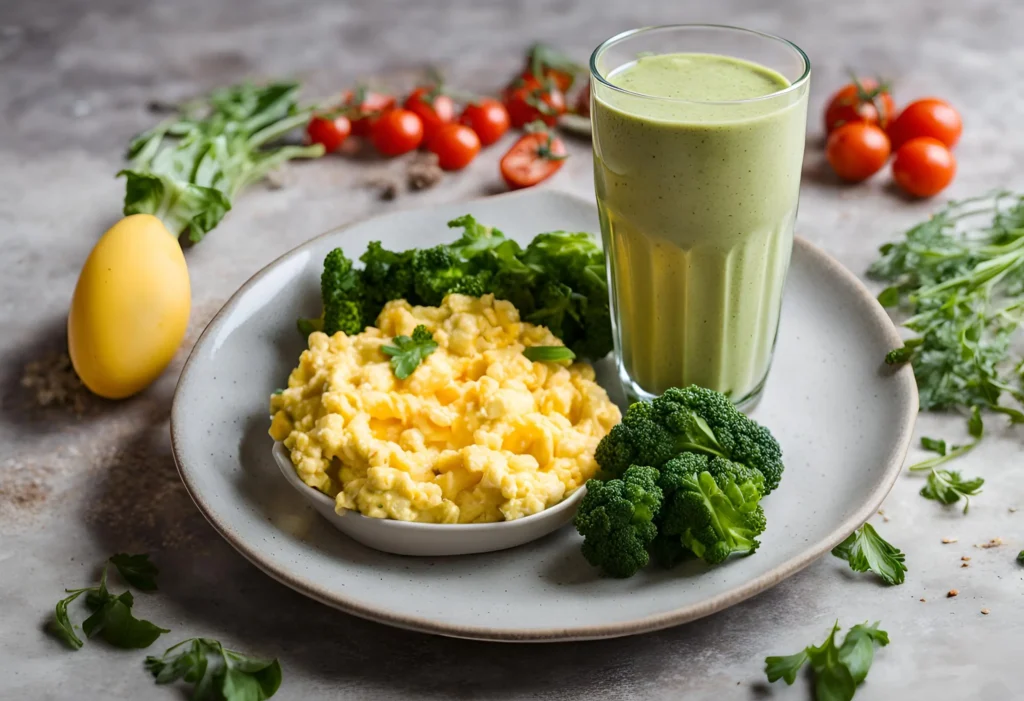
- Protein-Packed Smoothie: Blend together a mix of blueberries, spinach, chia seeds, almond milk, and a scoop of protein powder. This smoothie is rich in omega-3 fatty acids and antioxidants.
- Egg and Veggie Scramble: Combine eggs with bell peppers, spinach, and mushrooms for a filling breakfast that provides protein and essential nutrients.
Lunch:

- Turkey and Avocado Wrap: Use a whole grain tortilla filled with lean turkey breast, slices of avocado, lettuce, and tomatoes. The healthy fats from the avocado provide sustained energy.
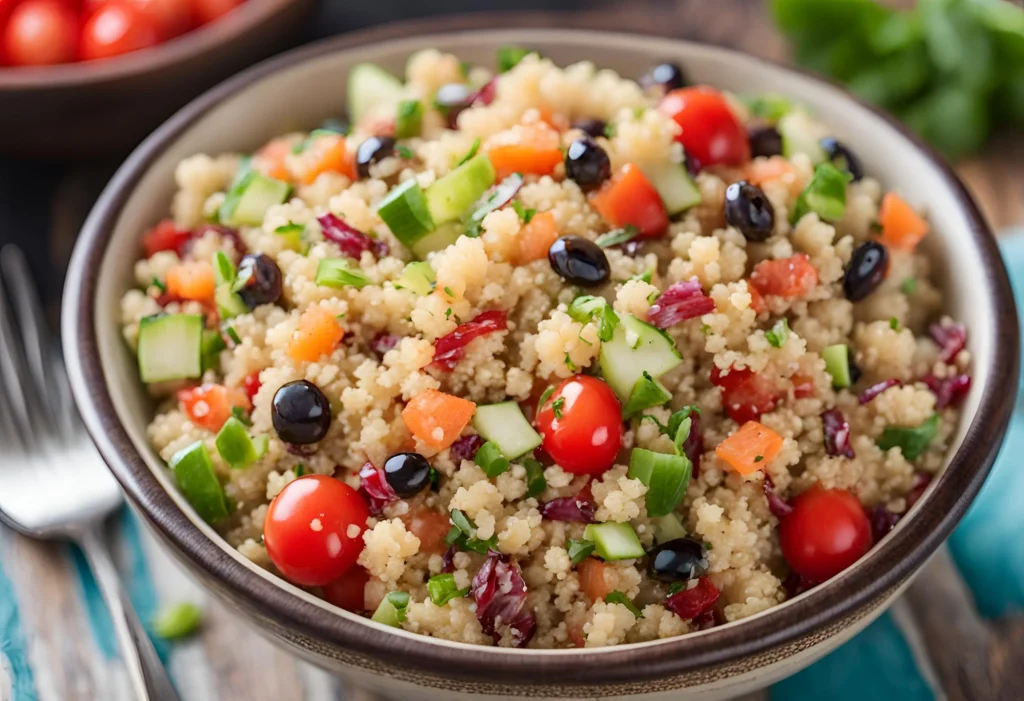
- Quinoa Salad: Toss cooked quinoa with diced cucumbers, cherry tomatoes, feta cheese, olives, and a lemon vinaigrette dressing for a nutrient-dense lunch option.
Snacks:
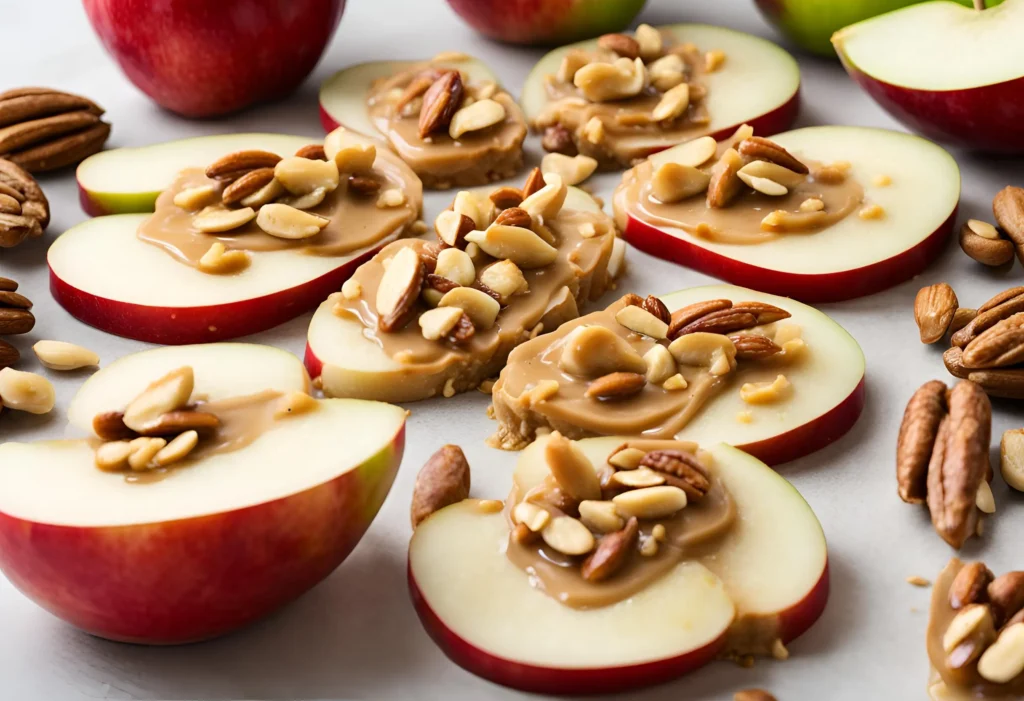
- Nut Butter with Apple Slices: Pair an apple with a tablespoon of almond or peanut butter for a dose of healthy fats and fiber.
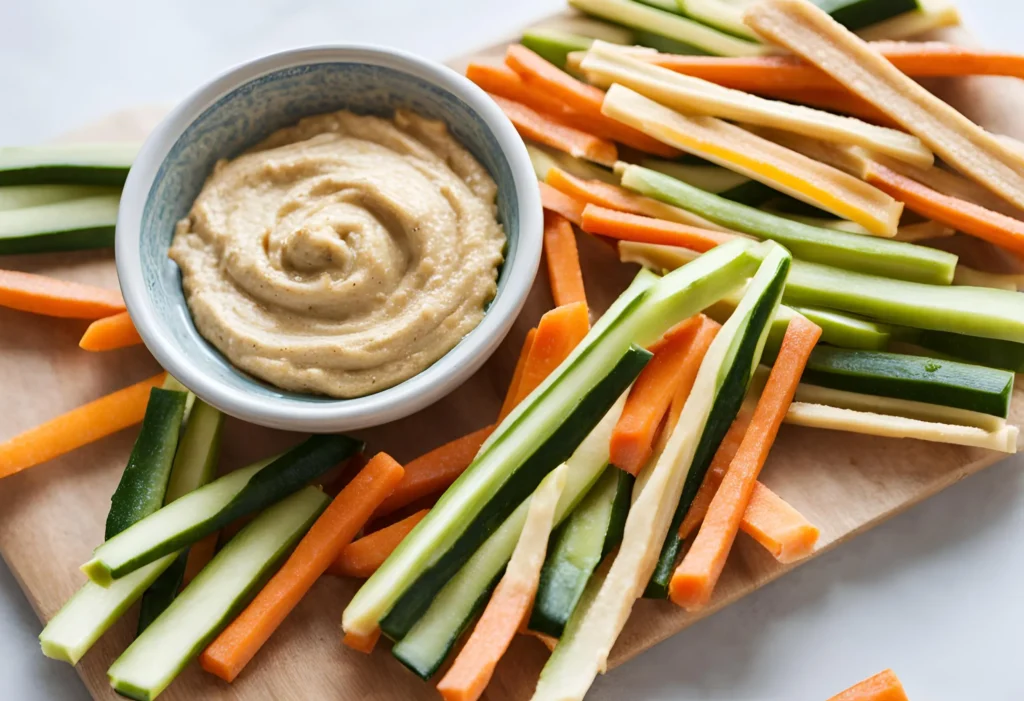
- Veggie Sticks with Hummus: Crunchy carrots, cucumbers, or bell pepper sticks dipped in hummus offer satisfying textures along with protein and healthy fats.
Dinner:
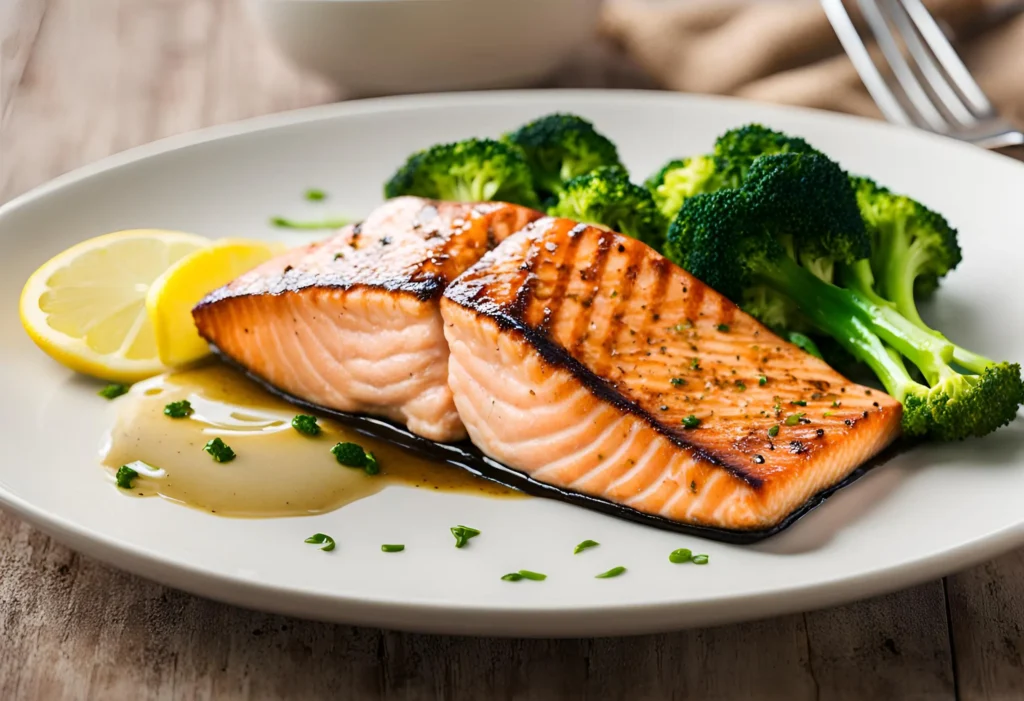
- Grilled Salmon with Steamed Broccoli: Omega-3 rich salmon served alongside fiber-filled broccoli makes for an ADHD-friendly dinner that supports brain health.
- Chicken Stir-Fry: Cook chicken breast strips with a variety of colorful vegetables like red bell peppers, snow peas, and carrots over brown rice for a balanced meal.
Remember these ideas when planning meals to ensure they are not only enjoyable but also contribute positively to managing ADHD symptoms.
Take Action: Elevate Your Mood with ADHD Comfort Food Today

Diet plays a significant role in managing ADHD symptoms, and embracing a holistic approach can make a substantial difference. This includes being mindful of what we eat, seeking professional guidance, and following a nutrition plan that meets our specific needs. It’s important to remember that healthy food can be both comforting and beneficial for individuals with ADHD, regardless of their age.
It’s essential to consider nutritional interventions as part of a comprehensive ADHD management plan. Any ADHD comfort food should provide enjoyment while also contributing to better health outcomes. With encouragement, individuals can experiment with various foods and techniques to discover the most effective approaches for their unique situation. Always keeping in mind the overarching goal of enhancing health and well-being should remain the priority in this exploratory journey.
Read More: ADHD Paralysis: Here’s What you need to know


